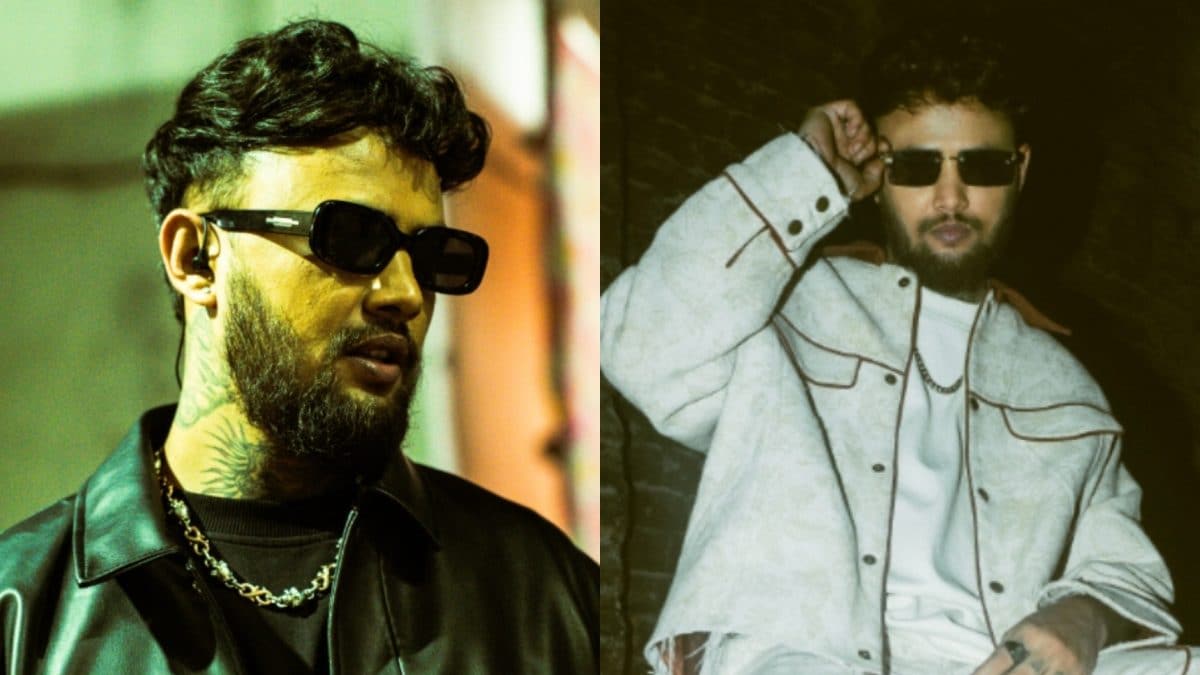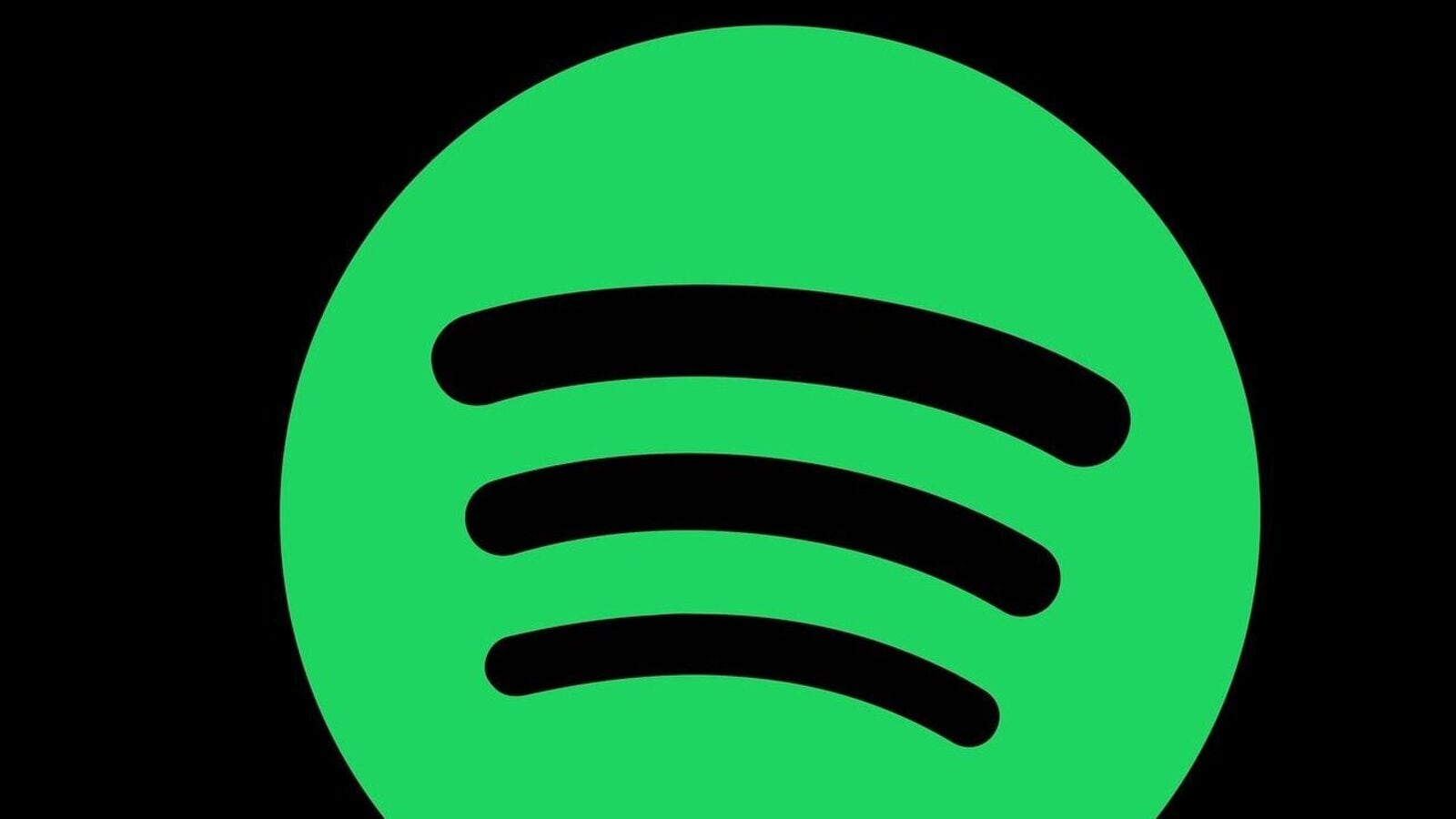Last Updated:
Meet Raga, the lyrical genius leading Northern India’s rap revolution with Def Jam Recordings. Known for tracks like Sheher and Badan, this Delhi-based rapper blends raw storytelling with hard-hitting beats, pushing the boundaries of Indian hip-hop.
In this exclusive interview, Raga opens up about his creative journey, the inspiration behind Midtown Madness, and how he’s shaping the future of Indian rap.
Meet Raga, the Def Jam Recordings powerhouse and lyrical virtuoso who’s at the forefront of Northern India’s rap revolution. Born Ravi Mishra, this Delhi-bred emcee has carved his name in the industry with a blend of razor-sharp bars, provocative vocal delivery, and an unflinching portrayal of street realities. Whether it’s timeless bangers like Sheher, the darkly compelling Badan, or the feature-packed Midtown Madness EP, Raga’s discography is a testament to his unmatched versatility and fearless artistry.
With a reputation for penning tracks that swing effortlessly between commercial hits and hard-hitting conscious records, Raga embodies the raw, unapologetic spirit of Delhi’s streets. But he doesn’t just stop at creating music—he’s shaping the very soundscape of Indian hip-hop, pushing boundaries and proving why he’s hailed as the future of Northern rap.
In this exclusive interview with Showsha, Raga dives into his creative process, his journey from the streets to the spotlight, and the inspiration behind his hard-hitting records. Get ready to step into the world of a lyrical genius who’s turning the Indian rap game on its head, one provocative verse at a time.
Here are the excerpts:
Your journey in rap has been incredible. What first drew you to the world of hip-hop, and how did it shape your identity as an artist?
My journey into hip-hop began early in life, thanks to my siblings. That early exposure profoundly shaped my musical development, becoming my singular focus and guiding me toward discovering my artistic identity, honing my skills, and ultimately, finding my place within the industry. This evolution, from first hearing hip-hop to where I stand today, has been a journey of roughly 15 to 18 years. Eminem served as my initial inspiration, opening my ears to the world of American hip-hop. Delving into the history of the genre, exploring artists who came both before and after him, led me to the realization that I needed to carve my own unique path, especially within the realm of Hindi music. This realization became the driving force behind developing my distinct sound and artistic persona..
How has signing with Def Jam Recordings influenced your career and artistic growth?
I’ve had a great time working with the team. They’ve trusted my vision and support my artistic choices. Their excitement for my work also fuels my excitement in turn. We’ve delivered some of my most talked about tracks together and my EP and it’s because of the team coming together to support the release with a common goal. It’s not at every label that you get the space to experiment and put out new sounds and I’m glad to have them be a part of my growth journey over the last year.
Your Midtown Madness EP features a range of collaborations. How do you approach working with other artists, and what makes a collaboration successful for you?
The approach is simple – if there’s someone whose art you appreciate and you’re working on something that you know they can work their magic with – ask them to hop on! I like to keep the process simple and as organic as possible.
A successful collaboration isn’t one with just the right numbers, but also one where both artists are able to create a song that helps them both shine or pushes them out of their comfort zone and learn something new in the process of creating a stellar track.
Tell us more about the stories behind the tracks in Midtown Madness? And also, your latest tracks Battak and Bawe Mein Check With King?
The stories behind Midtown Madness are the things and environment I saw around me in East Delhi. It’s almost like creating a record of the life I’ve seen people live in these parts throughout my life.
Battak and Bawe Mein Check are a little different – The first is simply a track about warning your enemy to not mess with you otherwise they will be put in a position to be ridiculed. The second is a flex song – comfortable in my skin, comfortable in what I wear and what I represent.
Your music often portrays the grim realities of your streets. How do you balance storytelling with commercial appeal in your tracks?
The balance varies from track to track and I’m able to give my audience different kinds of tracks to make this happen. For tracks that are storytelling-heavy, the right beat and the right hook can make all the difference in keeping listeners engaged while getting any type of point across.
As one of the leading voices in Northern India’s rap scene, how do you see the region influencing the broader Indian hip-hop landscape?
Artists like Dhanda Nyoliwala, Irshad Khan, and others have demonstrated the global reach of North Indian music, with successful careers in places like Australia and Canada. This accessibility stems from the widespread diaspora of Haryanvis and Punjabis across the world. There’s a strong interconnectedness between Punjabi, Delhi, and Haryanvi music scenes, with each readily embracing the others. This interconnectedness, I believe, makes the North Indian scene more translatable globally than other regions in India. While South Indian communities also exist worldwide, their music scene’s global rise is more recent. The North, in contrast, established a presence earlier. Furthermore, North Indian migrants brought their music and cultural tastes with them, further contributing to this global influence.
What sets the Northern rap scene apart from other regions in India? What challenges have you faced in elevating Northern rap to a national and global platform?
The North Indian scene has been a cradle for hip-hop pioneers and innovators, including prominent producers and writers like Jani. The Chandigarh-Mohali area, in particular, has consistently bridged the gap between hip-hop and broader musical landscapes like Bollywood and the Punjabi music industry. This has been instrumental in the genre’s wider acceptance. North Indian music’s inherent visibility across India contributes significantly to its influence.
One key difference between the North and South is linguistic diversity. In the South, language can change drastically every few miles, creating regional barriers. In contrast, the North, particularly in regions like Haryana, Punjab, and Himachal Pradesh, experiences more fluid language exchange and shared slang. This has fostered a sense of unity and shared identity within the North Indian hip-hop scene, despite individual stylistic differences.
However, this very interconnectedness presented a challenge for me: establishing a unique voice within a relatively homogenous soundscape. Many Delhi artists were incorporating Punjabi, and some Haryanvi rappers were moving away from their regional roots. My focus was on representing my specific time and place authentically, prioritizing storytelling over commercial trends. I wanted to share our narratives, beyond the typical party anthems. Breaking through the existing, dominant sound of North Indian rap, which was already enjoying nationwide popularity, proved to be my biggest hurdle.
Your style is known for its cutthroat bars and provocative delivery. How do you ensure your music stays authentic while pushing boundaries?
I ensure authenticity by talking about my family’s, friends’ and my own lived experiences. There is this idea people have that you have to let go of yourself to have wide appeal which might have been the case before when you only had TV and traditional media to reach people. Now, you can build your own story and the audience gravitates more towards the coherent and authentic personality you have the freedom to showcase on various platforms. It is the time for community and niches. I found my scene, built a community of people who resonate with me and the community grows itself as my message reaches more people through them. Pushing boundaries is on auto-pilot as long as I keep things real with my people and keep evolving as an artist.
What role does storytelling play in your songwriting, and how do you choose the themes you want to explore?
As I said before, I borrow from what I see around me and no theme is then out of bounds within that range of experiences or opinions about them. As for choosing which one to write about, I roll with what I’m feeling in the moment when working on a song.
How has Delhi influenced your sound and lyrics? Are there any specific elements of the city that frequently appear in your music?
All my stories are from Delhi. My slang and grammar are from Delhi. My prose and how I structure my songs is influenced not only by the hip hop I’ve consumed, but also all the traditional north indian sounds that are a part of Delhi’s music taste.
Indian hip-hop is rapidly growing. What do you think the global music scene can learn from Indian rap?
When we owned our truth, our culture and our language, our people could understand us and started accepting Indian Hip-Hop. You learn from the culture and what Hip-Hop stands for in its country of origin, but what you do with those ideals and how are they actually relevant to where you are is what matters.
How do you see yourself contributing to the evolution of Indian hip-hop, both as an artist and as a representative of Northern India?
I speak my truth and I encourage and rep the new artists I believe in. I’ve been a part of the movement since it was just an Orkut group and look at where we’ve reached now. My music and my ability to reach people across the various social groups within India and slowly, across the world are a contribution to not just my career, but also in growing the scene. With every new person that discovers Indian Hip-Hop through my peers and I, the scene grows.
What role does your music play in reflecting or challenging social issues?
My music can open up the dialogue about social issues. Everyone doesn’t have to agree with what I say or how I say it, but it contributes to getting a conversation started and that’s what matters and is a start to challenging social issues.
Which artists, both Indian and international, have influenced your sound and career the most?
Within India, there are many major artists who have inspired me. However, like many Indians, my initial introduction to hip-hop came through Eminem.
If you could collaborate with any global artist or producer, who would it be and why?
I want to collaborate with producers like Swizz Beatz and Timba, as well as artists like Farishafee from the Indian scene.
Are there any genres or styles you’d like to experiment with in your future projects?
I’m open to all kinds of music – there is no bar. I’ve got some very interesting and new sounds lined up for 2025 and I’d like to keep that exploration in sound a surprise for now!
What does a day in the life of Raga look like when you’re not making music?
Watching movies, listening to people, exchanging each other’s stories. Spending time with my family and my girlfriend.
What’s one thing your fans might not know about you or your creative process?
I let it come to me, the process. It’s not about one absolute process, the room calls on the process and I just try to be present.
What can we expect from you in the coming year? Are there any upcoming releases or projects you’re excited to share?
As I said, I’ve got some very interesting and new sounds lined up for 2025 and I’d like to keep that exploration in sound a surprise for now!
How do you see your legacy shaping up in the Indian hip-hop scene? Where do you see Indian hip-hop in the next five years, and what role do you envision for yourself in that growth?
My focus is primarily on my own narrative and its evolution. I don’t have a fixed vision of my legacy; I’m more concerned with staying true to my artistic journey and continually pushing my creative boundaries. I’m driven by my own curiosity to see where my music takes me.
I envision Indian hip-hop achieving significant international recognition in the next five years, with increased presence on global charts like Billboard, performances at major international festivals, and record-breaking achievements by Indian artists. I certainly hope to be a part of this growth and contribute to its success.











